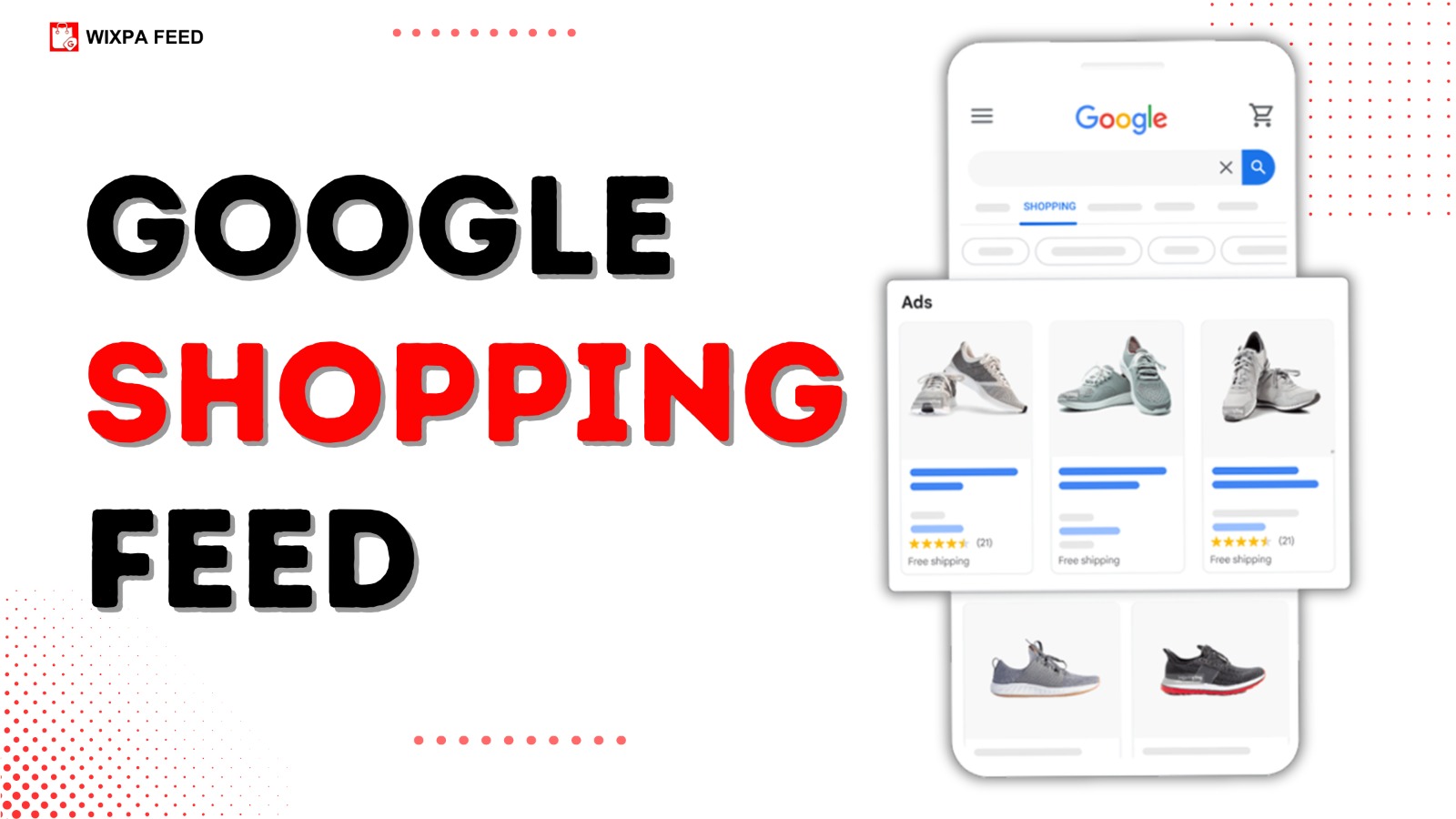
Introduction
Effective Google Shopping feed management is crucial for internet business organizations hoping to increment item visibility, traffic, and transformations. If your Google Shopping feed is optimized, your products will be suitably recorded and displayed to the fitting crowd in the appropriate second. Accomplishing the most noteworthy conceivable profit from speculation (return for money invested) from your marketing endeavors requires effective shopping feed management considering the developing contest in the web-based business.
This instructional exercise will shed light on the best Google Shopping feed executives’ strategies, which will assist you with upgrading item postings, helping promotion execution, and lifting deals.
Understanding Google Shopping Feed Management
What Is a Google Shopping Feed?
A Google Shopping feed is an organized document with complete product subtleties, including titles, descriptions, photographs, valuing, accessibility, and other significant data. Items are shown in Google Shopping ads and free postings utilizing this information, which is shipped off the Google Merchant Center. By further developing navigate rates (CTR) and search rankings, you can increase chances by enhancing your shopping information sources.
Is proper Google Shopping feed important?
Your products will be accurately indexed and shown to the right customers if your Google Shopping feed is organized correctly.
You risk low product visibility, disapprovals, and wasted ad spending without effective feed management. High-quality and accurate product data significantly impacts search rankings and ad performance in Google Shopping apps.
Key Strategies for Effective Google Shopping Feed Management
1. Data Accuracy and Consistency
Ensuring the data is accurate and consistent is one of the most essential parts of running a Google Shopping feed. Google gives preference to feeds that have the most recent product information, such as:
-
Correct pricing and availability
-
Detailed and accurate product descriptions
-
Consistent formatting across all product listings
Regular audits and updates prevent data mismatches that could lead to product disapprovals and low ad rankings.
2. Optimize Product Titles and Descriptions
Your product title and description are vital to Google Shopping search rankings. Optimizing these elements improves searchability and increases CTR.
Best Practices for Product Titles:
-
Include relevant keywords naturally
-
Use brand names, product attributes, and specifications
-
Keep it concise yet descriptive (150-170 characters)
-
Avoid promotional text such as “Best Deal” or “Free Shipping.”
For instance, use the more optimized title “Men’s Lightweight Running Shoes—Breathable, Comfortable, and Durable” compared to a generic one like “Running Shoes.”
Best Practices for Product Descriptions:
-
Highlight key product features and benefits
-
Use structured formatting for easy readability
-
Avoid excessive keyword stuffing, but include essential terms naturally
-
Keep descriptions informative and engaging
3. Leverage High-Quality Product Images
Images are critical to Google Shopping ad performance. High-resolution images increase engagement and conversions. Google recommends:
-
Using high-quality, well-lit, and professional images
-
Avoiding watermarks, logos, or promotional overlays
-
Providing multiple angles and zoomed-in views
4. Categorize Your Products Correctly
The key to ensuring your postings appear in applicable ventures is to sort your products accurately. Picking the right class is critical since Google orders items utilizing its product scientific categorization. Misclassified products may lead to lower rankings and poor ad performance.
5. Utilize Custom Labels for Better Segmentation
Custom labels allow merchants to segment their shopping data feeds based on:
-
Seasonality (e.g., “Winter Collection”)
-
Promotions (e.g., “Discounted Items”)
-
Performance (e.g., “Best Sellers”)
-
Profitability (e.g., “High-Margin Products”)
This segmentation enables more effective bidding strategies and improved ad targeting.
6. Optimize Pricing and Promotions
Google Shopping rankings are significantly impacted by competitive pricing. To remain competitive, think about putting in place a dynamic pricing plan. Benefits like free shipping, discounts, or coupon codes can increase conversions and CTR.
7. Monitor and Update Your Shopping Feed Regularly
Google rewards merchants who maintain fresh and accurate product data. Regular updates prevent product disapprovals and ensure that listings remain relevant. Automating feed management using tools like Google Merchant Center, DataFeedWatch, or Channable can streamline updates and enhance accuracy.
8. Improving your Mobile Shopping Experience
Optimizing your mobile shopping feed is crucial because more and more customers purchase mobile devices. Ensure that:
-
Product pages load quickly
-
Images are optimized for smaller screens
-
Product descriptions are concise and easy to read
9. Take Advantage of Google Merchant Promotions
Google Merchant Promotions enable sellers to highlight special offers directly in search results. Promotions can significantly boost CTR and enhance rankings. Common promotions include:
-
Percentage-based discounts (e.g., “20% Off Your First Purchase”)
-
Free shipping offers
-
Limited-time deals
10. Track Performance Metrics and Adjust Strategies
Regularly monitoring the performance of your Google Shopping feed is critical for continuous improvement. Analyze key metrics such as:
-
Impressions (How often your products appear in search results)
-
The recurrence with which clients click on your product postings is the active Click-Through Rate (CTR).
-
Transformation Rate: The extent of snaps that result in deals
-
Cost-per-click, or CPC, is the sum you pay for every promotion click.
For further developed results, you might advance your shopping information sources and build your offering strategies with information-driven knowledge.
Conclusion
In web-based business, dealing with your Google Shopping feed is fundamental to helping traffic and deals. Organizations can increase visibility and further develop promotion execution by advancing item characteristics, ensuring information exactness, and carrying out accepted procedures.
High-quality images, competitive pricing, and mobile optimization further contribute to Google Shopping’s success. Regular feed updates and performance tracking ensure sustained improvements in rankings and conversions.
For professional assistance, expert services like Wixpa can help businesses streamline their Google Shopping feed management and maximize results. With the correct tactics, your online store may boost its Google Shopping visibility, sales, and return on investment.